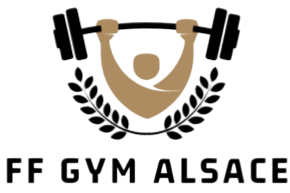Sometimes, the pain comes suddenly. It could be to any part of the body that causes it differently, whether from an accident or lifting something heavy, or it has developed slowly because of age-related degenerative changes in the spine. Inflammatory arthritis disorders cause back pain and some other medical conditions.
To reduce the back pain, you have been taking medications. Yet, years passed, and still no changes. So, you have decided to look for another treatment until you find radiofrequency ablation back pain relief.
What is radiofrequency ablation?
Radiofrequency ablation is also known by its other term fulguration. It is a medical procedure for a part of the electrical conduction system of:
- heart
- tumor
- other dysfunctional tissue
These parts are ablated using the heat generated from the radiofrequency system.

What happens during radiofrequency ablation?
RFA or some call it “rhizotomy” is a new pain control technique. Radiofrequency ablation is a non-surgical procedure, in which radiofrequency waves are delivered to the nerves with the goal – interrupts pain signals to the brain. RFA targets pain from the facet joint that contributes to chronic pain in the lower back or neck, and sacroiliac joints, which contributes to chronic lower back pain.
Facet joints are a pair of small joints at the spine’s vertebral level. Each facet joint will be connected to 2 medial branch nerves carrying signals, including pain signals away from the joints to the brain. Sacroiliac joints will be located at the spine’s lowest part between the ilium and sacrum in the pelvis, which is also connected to the nerves carrying signals to the other body parts.
Radiofrequency ablation is also used to treat some other pain, such as:
- Stomach pain due to pancreatic cancer
- Pelvic pain due to ovarian cancer
- Facial pain due to trigeminal neuralgia
The procedure takes 1-2 hours, depending on the number of treatments performed and the treatment site.
Recovery
After the RFA procedure, a patient can experience soreness in the targeted area for several days. There are also rare complications, including nerve damage, bleeding, and infection. But, once you follow everything, from advice and instructions after the procedure, you will not experience such complications.
The result may vary in every patient, and the effectiveness of radiofrequency ablation lasts from three to twelve months. The nerve regenerates and in some events, the joint pain may return. So, the therapy is not permanent, but long-term, which is safer than taking medications like synthetic drugs.

